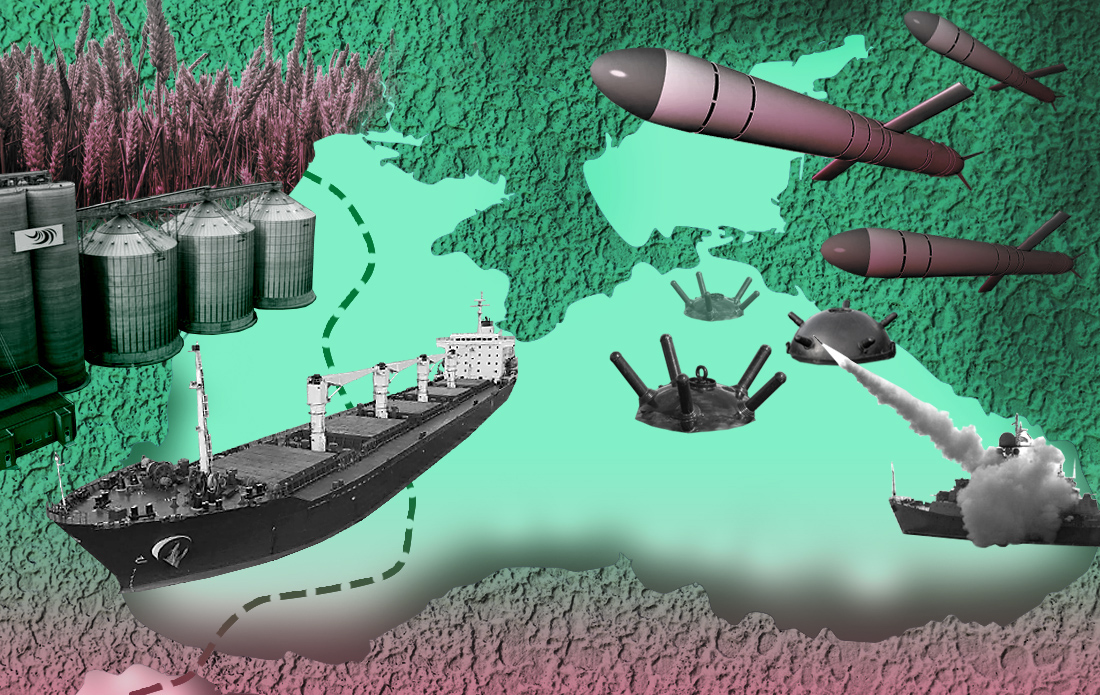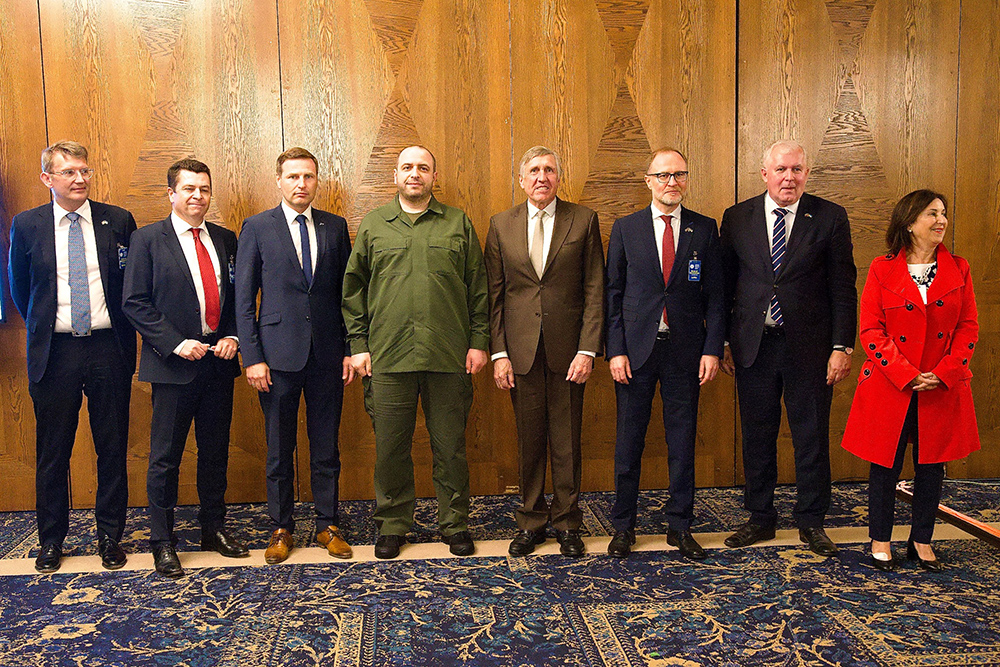The Pentagon announced on 3 August that it is deploying additional aviation forces and ships equipped with missile defence systems in the Middle East to protect not only American interests in the region but also Israel. While such deployments are not unprecedented, why are news outlets now filled with warnings that the Middle East is perilously close to full-scale war? Perhaps it is because last weekend, top Israeli officials headed to their families with satellite phones in their pockets? This is a stark indication that Israeli leaders were on high alert in the face of potential large-scale attacks from Iran and its proxies. Behind the scenes of the incredible escalation in regional tensions, an Israeli delegation led by the head of intelligence visited Cairo on Shabbat for ceasefire talks, which once again proved fruitless.
At Ben Gurion Airport on Sunday, 4 August, a collapse continued for the fourth consecutive day, triggered by the mass cancellation of flights by numerous airlines. Lufthansa and its affiliated carriers were among the first to cancel flights. The disruptions began gradually on 31 July, when Israeli aviation authorities closed the airspace in the north of the country, from the city of Hadera to the Lebanese border. At that time, this warning (known in aviation terminology as a NOTAM) was not expected to have a significant impact, as the zone was rarely used by civilian aircraft taking off and landing at Ben Gurion Airport near Tel Aviv.
Almost simultaneously, Iran issued a NOTAM regarding flights over Tehran, as the country’s leader, Ali Khamenei, announced on Wednesday an impending attack on Israel in response to the assassination of Hamas leader Ismail Haniyeh in Tehran on 31 July. This occurred a day after one of Hezbollah’s commanders, Fuad Shukr, who was responsible for a rocket attack on a Druze village in the Israeli-controlled Golan Heights that killed children, was also eliminated.
“We Are Ready for Any Scenario”
Israeli Prime Minister Benjamin Netanyahu made his position clear in a video address on 31 July:
“Three weeks ago, we attacked Hamas military chief Mohammed Deif.
Two weeks ago, we attacked the Houthis; it was one of the longest-range attacks the air force has ever carried out.
Yesterday, we attacked Hezbollah’s military head Fuad Shukr…
These are difficult days… We are ready for any scenario. We are ready…
We will settle accounts with anyone who harms us, anyone who kills our children, anyone who kills our citizens, anyone who harms our nation; their blood will be on their own heads.”
Escalation Origins
Benjamin Netanyahu declared that he would continue the fight until his objectives were achieved, despite calls to end the war in Gaza. “I did not give up then, and I will not give up now,” he added. At that time, he did not hide who eliminated Hamas leader Mohammed Deif and Hezbollah commander Fuad Shukr but did not take responsibility for the elimination of Ismail Haniyeh and did not even mention it.
The seriousness of the current threat in Israel was evident when government members spent the weekend of 2-3 August with satellite phones in their pockets. These measures were taken out of fear that Iran and its proxies might attempt to attack Israeli telecommunications to disrupt resistance against a probable full-scale attack from Tehran.
It is worth noting that the escalation, which Washington and Brussels are trying to pre-empt, did not start from Israel. It was initiated by Iran’s proxies in October 2023, when militants killed 1,139 people during an incursion into Israeli territory and took 250 people hostage, including 30 children. Occasionally, negotiations between Israel and Hamas resume to free the hostages; some have been released, but around 120 remain in captivity. The word “approximately” is used because it is not definitively known how many hostages are still alive, as bodies of the deceased have been found.
The situation periodically escalates; negotiations over the hostages stop and then resume. For example, there was an attempt to resume hostage negotiations in early July. Rocket attacks on Israel also periodically occur, not only from southern Lebanon by Hezbollah or from Gaza by Hamas but also from the Houthis in Yemen. In April 2024, there was even an attack directly from Iran. It sounds quite routine, but this is the reality of life in Israel. However, during such attacks, there were no warnings about threats to civil aviation.
On 3 August, a Saturday, which is a non-working day for religious Jews, an Israeli negotiating team led by the country’s intelligence chief, David Barnea, visited Cairo (Egypt) for another round of endless negotiations to start a ceasefire in Gaza.
On the same day, the Israeli delegation returned home without announcing the details of the negotiations. Therefore, the visit seems unproductive, at least for now. Neither Israel nor Egypt, one of the key mediators in this negotiation process, provided any comments. Representatives from the United States, France, the United Kingdom, and Italy, who are generally involved in the Cairo talks, also did not comment on the consultations.
Israel’s current demands include the following key conditions:
- Israeli military control over the border separating the Gaza Strip from Egypt must continue.
- A mechanism must be established to prevent Hamas fighters from returning to northern Gaza.
- All Israeli hostages, estimated to be at least 100 or possibly more, must be released.
Hamas, on its part, demands a halt to military actions in the Gaza Strip.
Simultaneously, representatives of the United Arab Emirates, who have significant influence in Gaza due to their substantial humanitarian projects supporting the population, are exploring the possibility of participating in the negotiation process.
Jordan is also making efforts. The country’s Foreign Minister, Ayman Safadi, visited Iran on 4 August for talks with Iranian Foreign Minister Ali Bagheri Kani. According to Iranian official media reports, the negotiations touched on regional issues in the Middle East and likely the conflict in Gaza. Although Jordan and Iran have their problems, particularly regarding Jordanian military involvement in repelling an Iranian air attack on Israel in April 2024.
In the context of significant escalating tensions in the Middle East, Israel and the mediators show a desire for de-escalation. However, there are no clear results yet.

Photo: Israeli Prime Minister Benjamin Netanyahu: “These are difficult days… We are ready for any scenario.”
Is it Already Burning?
Yes, there are no signs of decreasing tensions, but there are numerous indicators of escalation. Indeed, warnings about threats to civilian aircraft are quite alarming. Similar warnings about restrictions for civilian aviation were issued in Ukraine on 23 February 2022, and even a few days before, when events rapidly unfolded, culminating in Russia’s full-scale invasion of Ukraine. That war has been ongoing for two and a half years. Now, one of Moscow’s closest allies, Tehran, seems to be warming up its engines, judging by what is happening in Israeli airspace.
“…further escalation is not inevitable, and all sides would benefit from de-escalation, including a cessation of hostilities in Gaza and the release of hostages,” said US Defence Secretary Lloyd J. Austin on 3 August.
But threats from Tehran are not fundamentally new. Four months ago, on 13 April, Iran attacked Israel with drones and missiles. At that time, Israel and its allies shot down almost all of the approximately 300 launched. Then, Israel, the US, the United Kingdom, Jordan, and France acted with their armed forces against the Iranian attack, while Saudi Arabia and the United Arab Emirates provided intelligence support.
However, before that joint resistance to the Iranian attack, there were no high-profile eliminations of Hamas and Hezbollah leaders. Regardless of how Jordan, Saudi Arabia, and the UAE view Iran’s proxies, the attacks on the leaders of these groups were not met with applause in these countries.
The formation of a Russia-Iran-China axis seems increasingly defined. Recent visits by Antony Blinken to Japan, Laos, and Vietnam provide hope that Washington is trying to act preemptively and extinguish the conflicts and wars raging now, not only in the Middle East, as further escalation there, threats in the Taiwan Strait, and increased Russian attacks in Ukraine pose a growing threat of World War III.
The position of the most powerful participant in the de-escalation process, the US, now appears to be an attempt to give Iran one last chance to step back from the brink. “Yesterday (2 August – The Gaze) I spoke with Israeli Defence Minister Yoav Gallant about the threats posed by Iran, Lebanese Hezbollah, and other Iran-backed terrorist groups. I informed the minister that we are taking additional measures to support Israel’s defence, including numerous forthcoming force deployments. I also emphasised that further escalation is not inevitable, and all sides would benefit from de-escalation, including a cessation of hostilities in Gaza and the release of hostages,” wrote US Defence Secretary Lloyd J. Austin on X (formerly Twitter).
Good intentions seem much more effective when accompanied by a demonstration of resolve. Thus, simultaneously with announcing the desire for de-escalation, the Pentagon announced the deployment of additional forces in the Middle East – aviation and ships with missile defence systems. The coming days will reveal where the scales of tension will tilt.
Source: The Gaze







